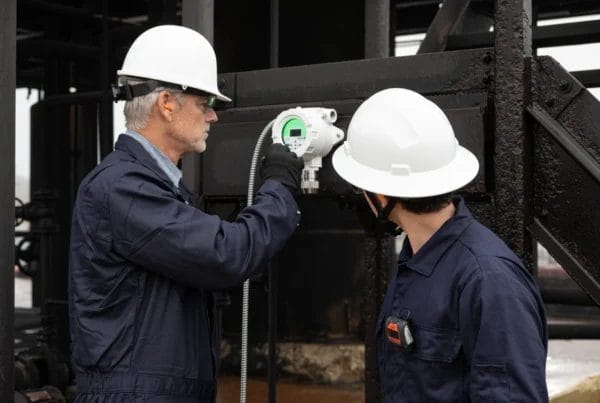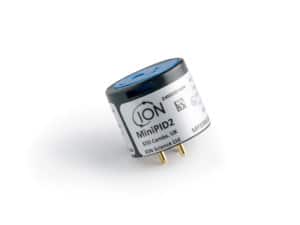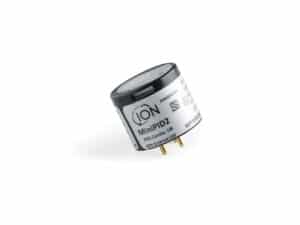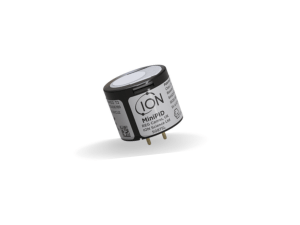
The term “Toxic Twins” refers to two highly dangerous gases; Carbon Monoxide (CO) and Hydrogen Cyanide (HCN), which are commonly found in fires and combustion processes. These gases are particularly lethal when inhaled together, as they both impact the body’s ability to transport and utilise oxygen. Understanding their sources, effects, and prevention is crucial for fire safety, emergency response, and occupational health.
What are the Toxic Twins?
In the aftermath of fires or combustion-related incidents, two particularly lethal gases often emerge; Carbon Monoxide (CO) and Hydrogen Cyanide (HCN). Known as the Toxic Twins, these gases pose a severe risk to life. Individually, each gas is dangerous, but their combined presence amplifies danger and poses a safety threat.
Carbon Monoxide (CO)
Carbon monoxide is a colourless, odourless, and tasteless gas formed as a result of incomplete combustion of carbon-based fuels such as coal, wood, oil, or gas. Because it has no detectable scent or appearance, it is virtually impossible to identify without the aid of specialised detection equipment.
CO is particularly dangerous as it binds to haemoglobin in the blood far more readily than oxygen, effectively displacing it and reducing the body’s ability to transport life-sustaining oxygen to vital organs.

Hydrogen Cyanide (HCN)
Hydrogen cyanide is a volatile and highly toxic gas that is typically released when materials containing nitrogen, such as plastics, foams, wool, or synthetic fabrics, are burned. It is colourless or sometimes pale blue, with a faint almond-like odour. However, not everyone can detect its smell due to genetic variability, making it difficult to identify without instrumentation.
HCN impacts the body’s ability to use oxygen at a cellular level, preventing cells from producing energy and leading to internal suffocation.

A Lethal Synergy
While both CO and HCN are deadly on their own, their combined presence dramatically increases the risk of death. When inhaled together, they create a synergistic toxic effect:
- CO deprives the bloodstream of oxygen by binding with haemoglobin, preventing effective oxygen transport.
- HCN inhibits the body’s ability to utilise the little oxygen that is delivered, by disabling cellular respiration.
Together, this double-hit effect can lead to rapid unconsciousness and death, often within just a few minutes of exposure. This makes the Toxic Twins especially dangerous for first responders, victims trapped in fires, or workers in enclosed environments with poor ventilation.
ARA-X4: Your Toxic Twins Defence
With gases as dangerous as the Toxic Twins, workers need to be confident in their protective equipment. ION Science’s ARA-X4 multi gas detector is the ultimate safety shield against harmful gases. With the flexibility to configure up to four sensors, including CO, HCN, O2 (leaded or lead-free) H2S, SO2, and LEL, ARA-X4 is trusted by workers to ensure safety in first response and confined space applications.
- Multiple Sensor Options
- Flexibility to choose O2 (leaded or lead-free), CO, H2S, LEL, HCN, and SO2 sensors to suit specific application needs.
- Instrument Warranty
- Reliable instrument performance backed by a 5-year warranty
- Safe Mode
- Displays a “SAFE” icon when no alarms are triggered, ensuring peace of mind for operators
- User-Friendly Design
- Green & red backlighting, along with a clear, easy navigable interface
- Flip Screen
- LCD screen features a ‘flip’ function, to flip the screen based in instrument orientation for easy readings
- Simple PC Software
- Easy to navigate for streamlined data logging download and instrument configuration
![[ARA-X4 Multi Gas Detector]](https://e7552ege7qf.exactdn.com/wp-content/uploads/2025/03/ARA-X4-Pinpoint-1.png?strip=all)
![[ARA-X Docking Station for ARA-X4 Multi Gas Detector]](https://e7552ege7qf.exactdn.com/wp-content/uploads/2025/03/ARA-X4-dock-front-roght-side.jpg?strip=all)
ARA-X Docking Station
Available to purchase with an accompanying docking station, the ARA-X Docking Station streamlines maintenance of your ARA-X4 multi gas detector, performing essential routine tasks such as bump testing, calibration, and alarm verification.
With multiple gas inlet ports, the ARA-X Docking Station ensures that calibration of your multi gas detector, with any sensor configuration, couldn’t be more efficient. Automatic testing reduces the risk of manual error and ensures that devices are always operating at peak accuracy, providing peace-of-mind that your workforce is protected.
Get in touch!
Have a question on ARA-X4? Fill out the form below to be contacted by our expert sales team today.







 United Kingdom
United Kingdom






